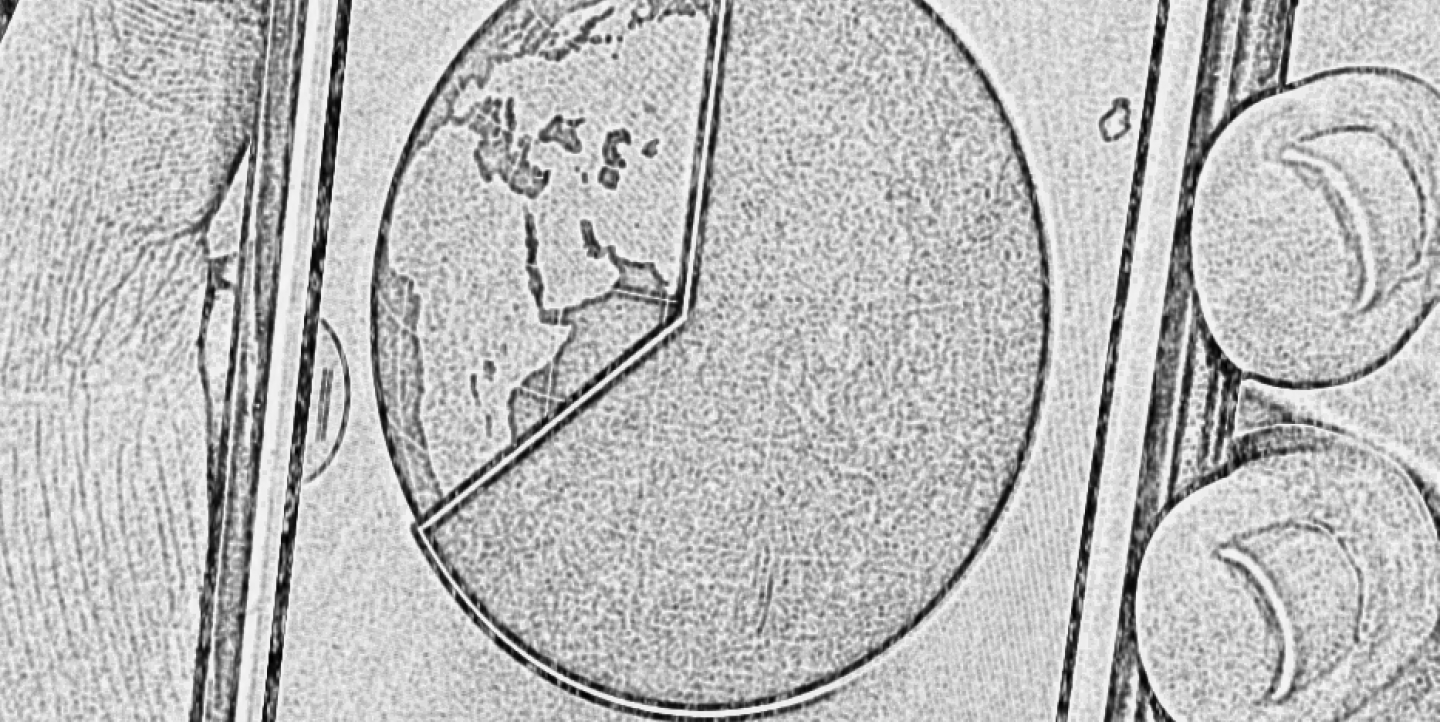Journalists and transparency advocates frequently push for governments and institutions to make their data public. But frequently, that isn't enough. Releasing data is not the same as making information easy to access.
That info could be stored in the form of a stack of papers. And even data stored digitally can be hard to extract or navigate without the right context or tools. Making data truly accessible to the public means making them easy to use and navigate.
Enter the World Bank finances app, an interesting effort by a major world organization to open its data to the general public, as well as a trove of data for journalists.
The free mobile app is available in nine languages. It maps the bank’s projects, loans and grants all over the world. The app uses GPS and mapping technology to allow users to sort projects by country, beneficiary or donor. Another useful feature: using the "nearby" option, the app shows you the projects near your location.
The app includes mapping, contracts and procurement data. “All that information existed in silos [and] in different formats. The app really pulls it together, which adds much more value,” said Sam Lee, open data specialist with World Bank Open Finances.
Users can also bookmark and track a project and share it using social media. (The tweet option crafts the message, including hashtags, so you can show off your data nerdiness without any extra effort).
The app also lets users submit feedback and report fraud or corruption within the projects. It also includes a glossary of useful terms to help you better understand the data and navigate the development sector's many acronyms.
Intended to function as an information product for a general audience, the app only lets users share light project information. “It’s not designed for hardcore analysis or hardcore sharing or downloads. For that, we refer people to our website,” Lee said.
Launched in 2011, the app is available in English, Arabic, Chinese, French, Hindi, Portuguese, Russian and Spanish. (To change the app’s language, you need to change the language in your phone settings.) The latest version released in May of this year included Bahasa, given the demand they saw for this information coming from Indonesia, a country with a high mobile penetration. The app has 29,500 downloads in iOS and Android, and a new version is in the works for next year.
Lee says future versions will make improvements such as covering gaps in the data and adding more real-time information.
You can check out the app here. To get more in-depth financial data, you can visit the WB financial open data website.
Maite Fernández is IJNet’s managing editor. She is bilingual in English and Spanish and has an M.J. in multimedia journalism from the University of Maryland.
Image courtesy of Margy Looney.

